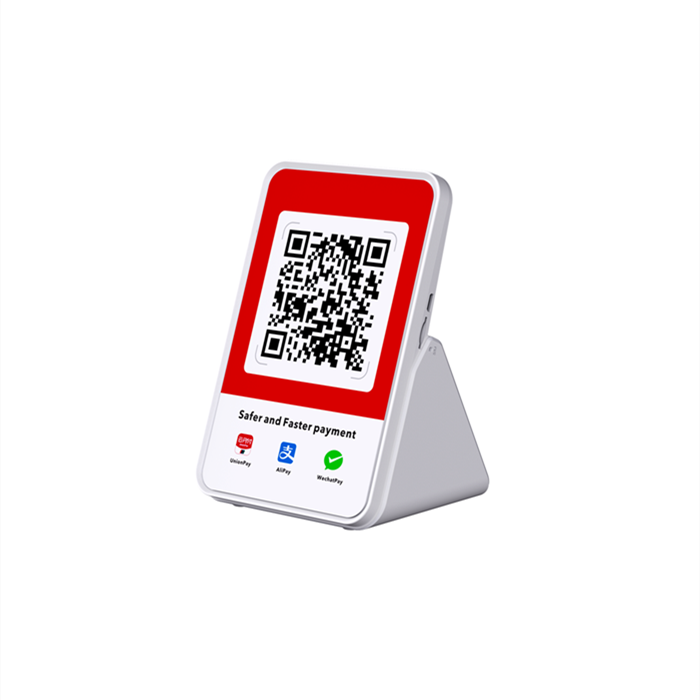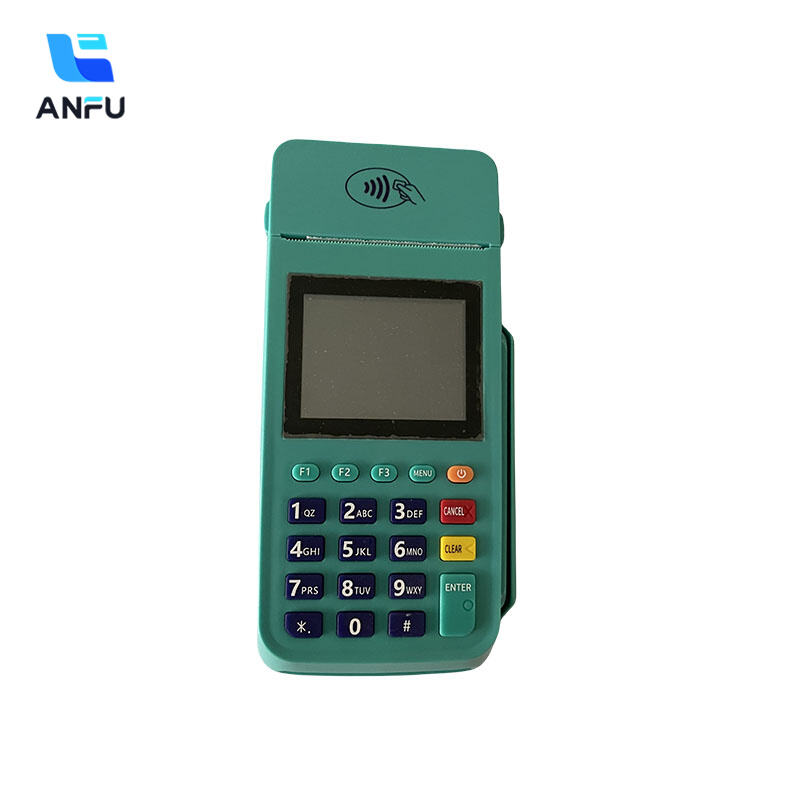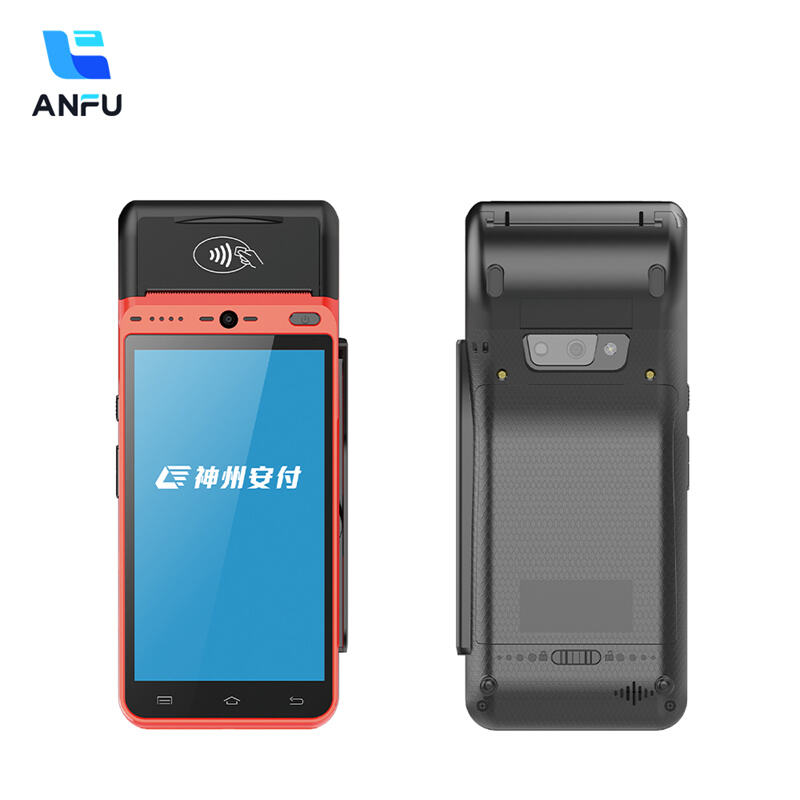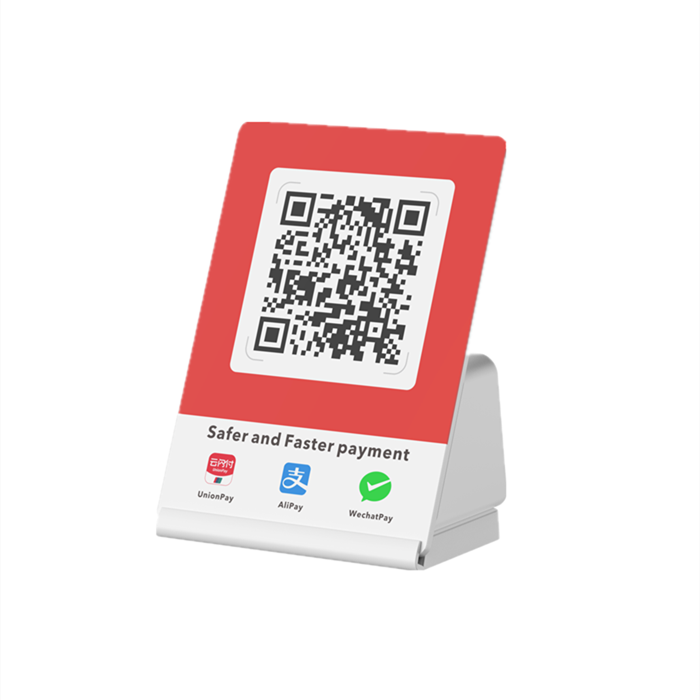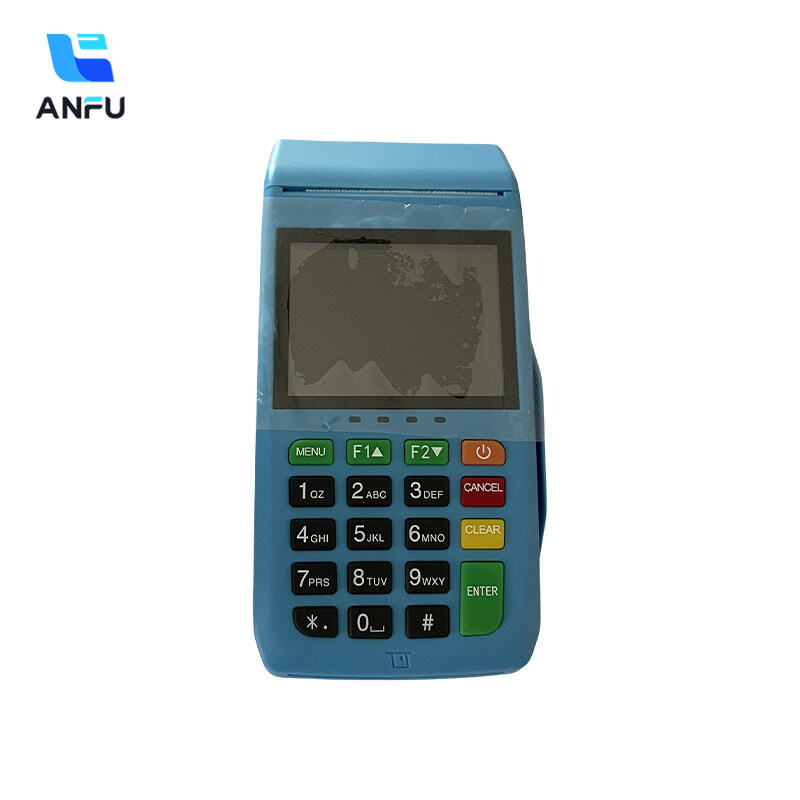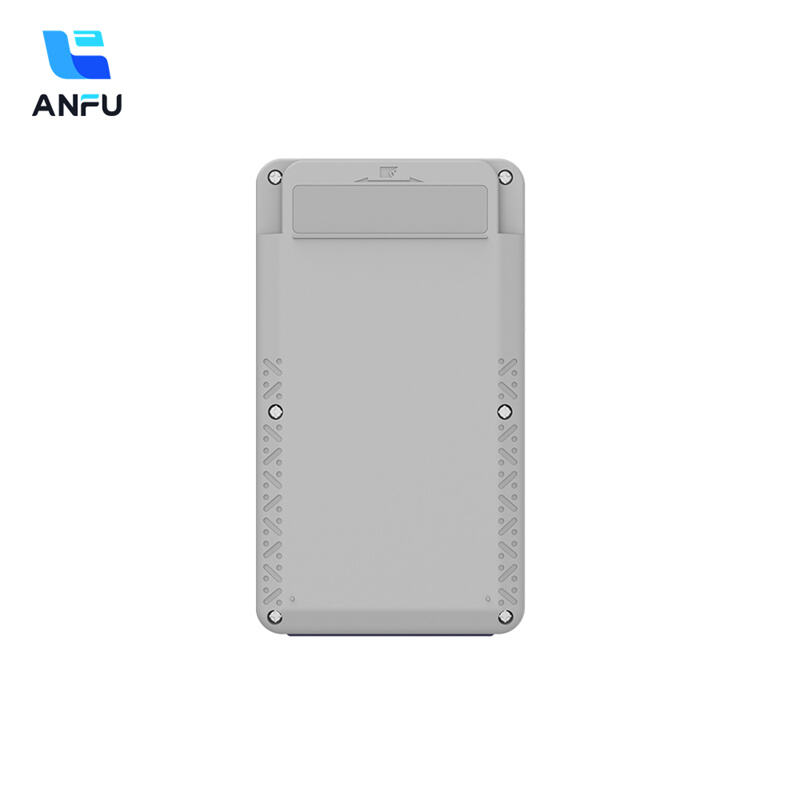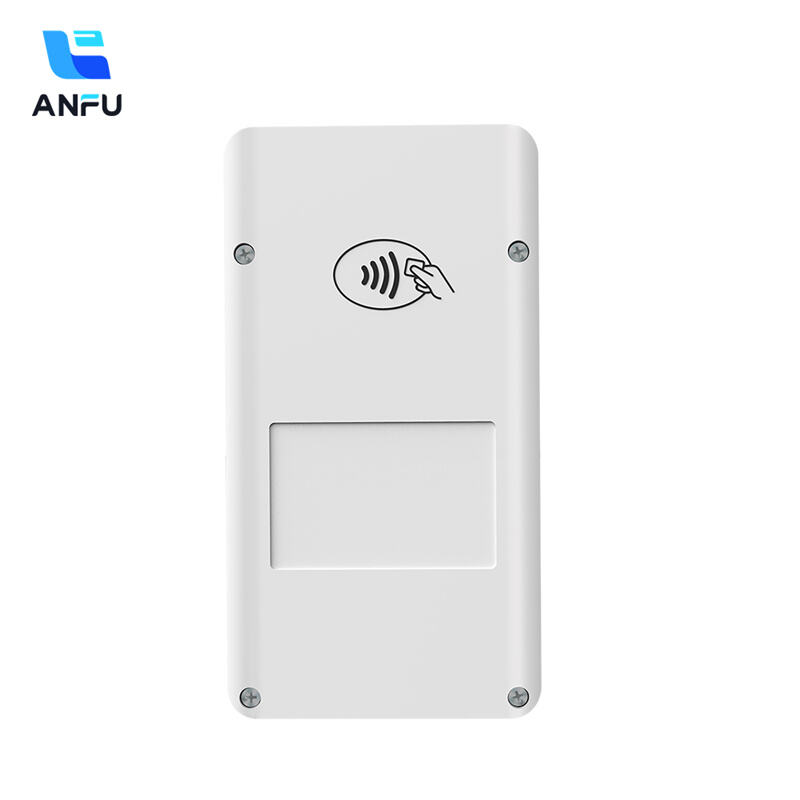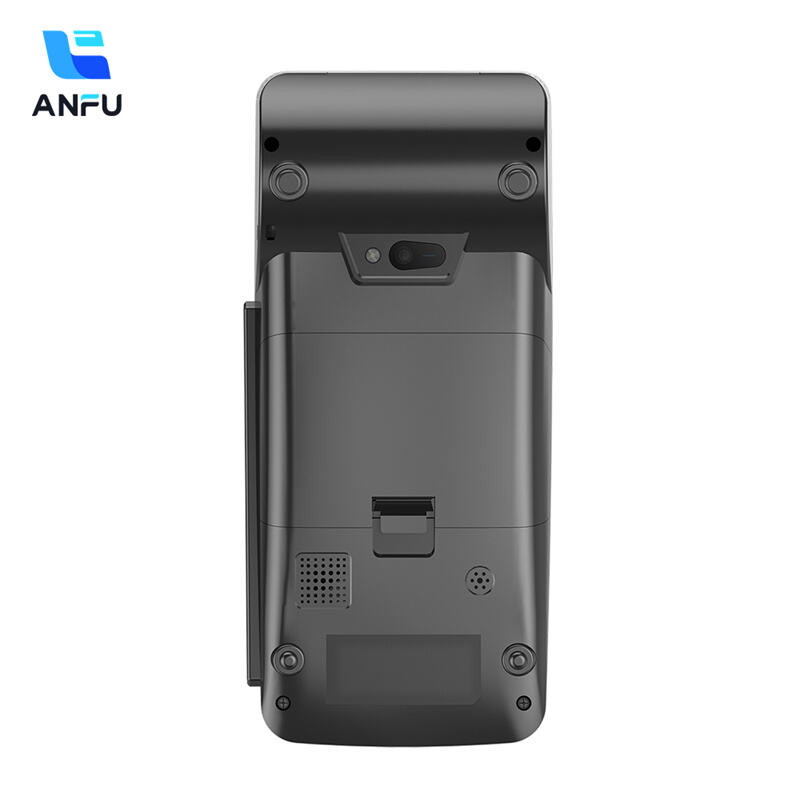Traditional POS vs. Android POS: Key Differences Explained
Core Technology and Hardware Requirements
Traditional POS Systems: Fixed Hardware Setup
Most traditional point of sale systems depend on fixed hardware setups with all those necessary parts like cash registers, barcode scanners, receipt printers and card readers stuck together in one place. What we get is basically a full service station for running retail shops day to day. But there's a catch here. These setups need actual installation work, which usually means spending extra money on things like upgrading existing infrastructure or finding enough floor space for everything. According to what many retailers report, companies sticking with these old school systems tend to spend more on maintenance over time. Why? Because most of the hardware comes from specific manufacturers only, so when something breaks down or needs replacing, it gets pricey fast. And let's not forget how frustrating it can be working with these systems. Their interfaces aren't exactly intuitive, and updates come around maybe once every couple years if we're lucky. That kind of lag makes it really hard to keep up with changing business needs and customer expectations.
Android POS: Mobile Devices and Apps
Android POS systems are changing the game when it comes to flexibility and mobility for retailers who want to work on the go using tablets or smartphones. Retailers can now reach out to customers wherever they happen to be, which makes service faster and smoother overall. What makes these systems really stand out is how they work with all sorts of apps that keep getting added to the store, so businesses can tweak things just right for what they need. Plus, since most Android devices don't cost as much as other options, this becomes a smart choice for new businesses or smaller shops looking to get high tech stuff without breaking the bank. Regular updates plus access to cloud services means these systems stay fresh and functional even as technology keeps racing ahead. With everything moving so quickly in business today, Android POS solutions present a solid option compared to older methods, mixing practical features with innovative capabilities that match what modern markets actually require.
Cost Comparison: Initial and Ongoing Expenses
Upfront Investment in Traditional vs. Android POS
Traditional point-of-sale systems usually require businesses to spend a lot right at the start. Most companies end up buying all sorts of hardware including cash registers, those little barcode scanners, and card readers just to get things going. The whole setup often costs over five grand, which is a real problem for anyone starting out. Android based POS solutions change the game though because they work on regular smartphones and tablets instead of special equipment. A lot of companies now charge monthly fees rather than asking for big payments upfront. Some businesses have started with as little as three hundred bucks worth of gear. That makes it much easier for small shops and new ventures to adopt modern tech without draining their savings. Payment plans, equipment rentals, and business loans are also options worth considering when comparing costs between different systems. Smart owners always look at all these possibilities before making any major purchases.
Long-Term Maintenance and Upgrade Costs
Looking at costs over the long haul, traditional point of sale systems usually require regular hardware fixes, software licenses, and frequent upgrades that just keep adding up. The problem isn't just money either businesses often face interruptions when trying to run their day to day operations while these upgrades happen. Android based POS systems present a better option financially because they depend mainly on software updates and work through cloud services. This flexibility means fewer technicians coming onsite and less money spent on keeping everything running smoothly. Some studies show companies switching to Android platforms typically cut down around 20 to 30 percent on those recurring costs. For businesses wanting to stay competitive in today's technology driven market, investing in systems that grow with them makes good sense both now and going forward. That's why many modern shops are turning to Android solutions as their go to payment processing method.
Operational Flexibility and Scalability
Portability and Mobility Advantages
Android POS systems stand out mainly because they're so portable. Sales can happen almost anywhere these days - right in the store aisle or even at pop-up events outside regular premises. Staff members aren't stuck behind counters anymore; they can walk around helping customers check out on the spot. This cuts down waiting time dramatically and makes shopping much smoother for everyone involved. According to some industry reports, stores that switched to mobile checkout saw customer happiness jump by about 25%. Makes sense really, shorter lines mean happier shoppers. Traditional cash registers tell a different story though. Those old school systems lock employees into fixed positions, making it hard to adapt when things get busy. The result? Longer waits and frustrated customers who just want to finish their purchases quickly.
Scaling Business Operations Efficiently
Android based point of sale systems really help businesses grow when they need to scale up operations. They work great with all sorts of extra hardware and software, so companies don't have to spend a fortune on completely new setups when expanding. Want to open an online store? No problem. Need to accept mobile payments at events? That works too. Adding these different sales avenues gives shops more ways to make money while growing their customer base. Some studies show that stores using these flexible POS options tend to see sales increase around 30% quicker than places stuck with old school cash registers. When markets change rapidly, being able to adjust operations fast makes all the difference between staying competitive and falling behind in today's business world.
Security Protocols and Payment Compliance
Data Encryption and PCI DSS Standards
Protecting customer data should be a top priority for anyone involved in payment processing, which means sticking to those PCI DSS standards everyone keeps talking about. Traditional point of sale systems and their newer Android counterparts all need to meet these requirements if they want to keep transactions safe from prying eyes. Encryption remains one of the best defenses against data theft, though the actual methods vary quite a bit between old school fixed terminals and today's more flexible Android based solutions. When companies ignore these security basics, things get really ugly fast. Industry reports show that data breaches don't just land businesses with hefty fines but also destroy hard earned customer confidence. And let's not forget the real numbers behind this problem either – we're talking around $3.86 million per incident on average according to recent studies. That kind of financial hit makes it clear why investing in a solid, secure POS setup isn't optional anymore for protecting both business interests and consumer privacy.
Cloud-Based Security in Android POS
Android POS systems boost security thanks to their cloud-based solutions that provide regular updates and constant monitoring. The cloud approach generally keeps data safer than traditional methods since it doesn't rely on local hardware that might fail unexpectedly. Many businesses have found this setup works better for their needs in today's digital marketplace. Some industry reports suggest cloud security implementations could cut down potential threats around 40% give or take depending on circumstances. Beyond meeting regulatory requirements, these security features help build lasting customer confidence and protect important transaction information. When companies invest in cloud-based security options, they're doing more than just checking boxes for compliance standards. They're actually creating a track record that customers notice and appreciate over time.
Recommended Products
Hot News
-
Smart Card 2019
2024-01-23
-
Trustech 2019
2024-01-12
-
Futurecom 2019
2024-01-12
-
Seamless Payments Asia 2020
2024-01-12
-
Seamless Middle East 2022
2024-01-12

 EN
EN
 AR
AR
 BG
BG
 CS
CS
 DA
DA
 NL
NL
 FR
FR
 IT
IT
 JA
JA
 KO
KO
 PL
PL
 PT
PT
 RU
RU
 ES
ES
 TL
TL
 ID
ID
 LT
LT
 UK
UK
 VI
VI
 HU
HU
 MT
MT
 TH
TH
 TR
TR
 FA
FA
 AF
AF
 MS
MS
 MK
MK
 HY
HY
 AZ
AZ
 KA
KA
 BN
BN
 BS
BS
 LO
LO
 MN
MN
 NE
NE
 ZU
ZU
 MY
MY
 KK
KK
 UZ
UZ
 KY
KY
